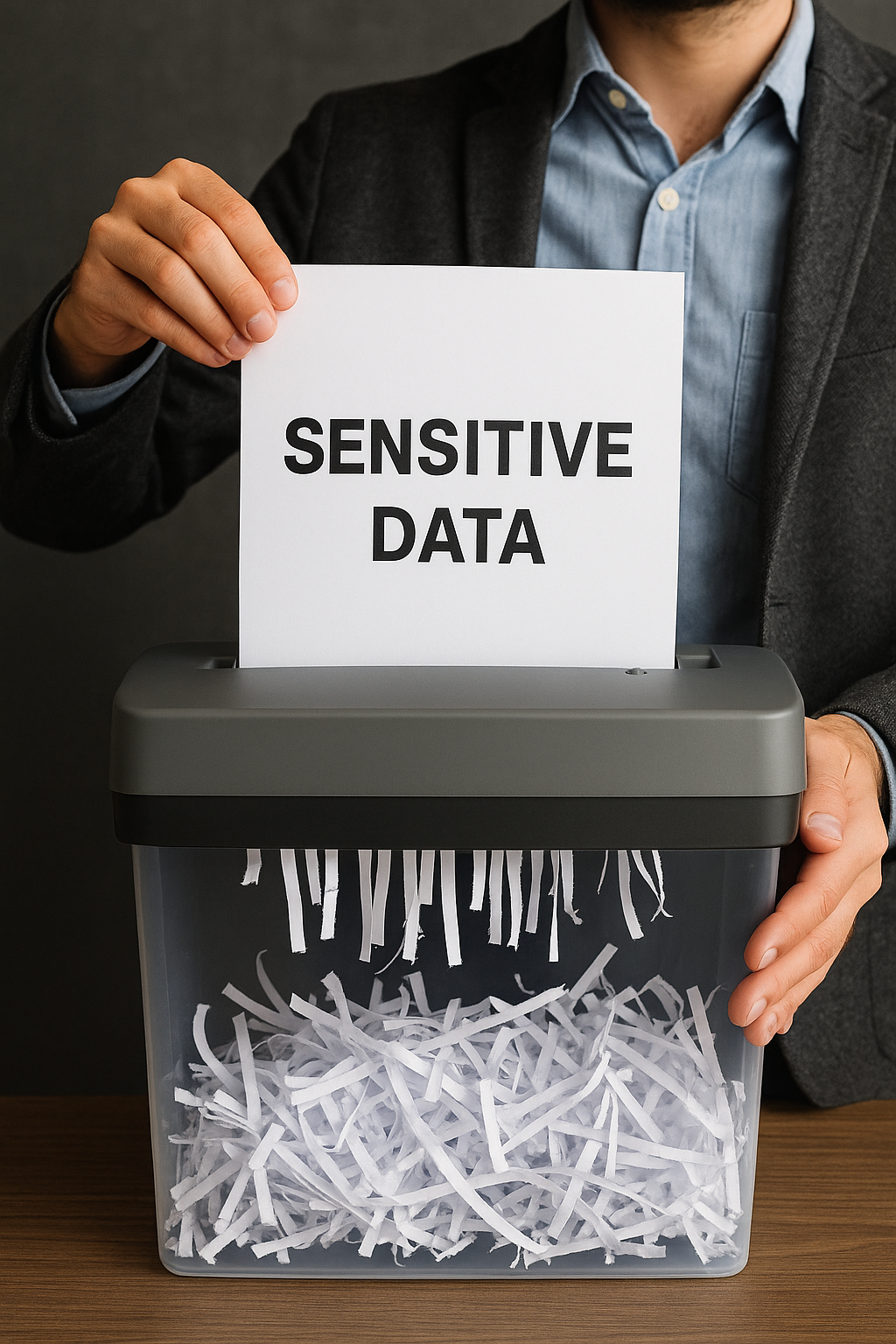Data encryption is an essential component of any emergency preparedness strategy, particularly when it comes to safeguarding sensitive documents and information. In the face of disasters—natural or human-induced—protecting your data ensures that sensitive information remains confidential and intact, and can be critical to the continuity of operations during and after an emergency.
Understanding Data Encryption
Before diving into the services, let’s understand what data encryption means. Encryption is the process of converting information or data into a code, especially to prevent unauthorized access. This involves using algorithms and keys to transform readable data (plaintext) into an unreadable format (ciphertext) and vice versa.
Why Encrypt Your Documents?
Encrypting documents protects the privacy of the information they contain and secures it against unauthorized access, data breaches, and potential espionage. It’s especially crucial for documents containing:
- Personal identifiable information (PII)
- Financial records
- Health information
- Legal documents
- Proprietary or business-critical data
In an emergency such as a cyber-attack or natural disaster, encrypted documents are less vulnerable and can remain uncompromised, maintaining the confidentiality and integrity of your data.
Selecting Encryption Services
When choosing a data encryption service, consider the following features:
- Strong Encryption Standards: Look for services that offer Advanced Encryption Standard (AES) with at least 256-bit encryption, which is the current industry standard for data security.
- User-Friendly Interface: The service should be easy to use for both encrypting and decrypting documents, requiring minimal training even for non-technical users.
- Access Control: The service must provide robust access controls, allowing only authorized individuals to decrypt and access documents.
- File Compatibility: The service should support a variety of file types, ensuring all your critical documents can be encrypted.
- Cross-Platform Compatibility: It’s helpful if the encryption service works across different operating systems and devices.
- Compliance Standards: Ensure the service complies with relevant regulations and standards, such as GDPR, HIPAA, or FERPA, depending on your documents’ nature.
- Backup and Recovery: Look for services that offer secure backup and, if possible, encrypted backups, so you can recover your documents even in the event of data loss.
Recommended Data Encryption Services
Here are a few encryption services known for their reliability and robustness:
- Symantec Endpoint Encryption: This service provides strong encryption for desktops, laptops, and removable storage devices, managing keys centrally and ensuring compliance with industry standards.
- BitLocker: Integrated into Windows, BitLocker encrypts the entire disk, providing enhanced security for document storage. It’s especially suitable for organizations operating predominantly in a Windows environment.
- VeraCrypt: As a free open-source disk encryption software, VeraCrypt allows for the creation of encrypted volumes and offers strong encryption features.
- AxCrypt: Popular for individual and small business use, AxCrypt provides strong encryption and is easy to use for file-level encryption needs.
Best Practices for Using Encryption Services
To maximize the effectiveness of encryption in your emergency preparedness plan, abide by the following best practices:
- Encrypt All Sensitive Data: Don’t just encrypt what you consider most critical; attackers or unforeseen disasters do not discriminate. Encrypt all sensitive documents as a precaution.
- Regularly Update Encryption Software: Keep all encryption software up to date to protect against vulnerabilities that could be exploited by new threats.
- Secure Your Keys: Encryption is only as strong as its key management. Protect your keys with strong passwords and store them separately from the data they encrypt.
- Employee Training: Train employees on the importance of data encryption and how to use encryption tools effectively.
- Test Data Recovery: Regularly test data recovery processes to ensure encrypted documents can be reliably restored when needed.
By diligently encrypting documents and employing a robust emergency preparedness plan, you mitigate the risk to sensitive data and enhance resilience against unforeseen events. Adopting a comprehensive approach to document encryption not only secures your critical information but also maintains the trust of stakeholders and clients by demonstrating a commitment to data privacy and security.








